How to Write a
Damn Good
Mystery
A LSO BY J AMES N. Frey
Fiction
The Last Patriot
The Armageddon Game
U.S.S.A.
The Elixir
Circle of Death
The Long Way to Die
A Killing in Dreamland
Came a Dead Cat
Winter of the Wolves
Non-Fiction
How to Write a Damn Good Novel: A Step-by-Step No
Nonsense Guide to Dramatic Storytelling
How to Write a Damn Good Novel, II:
Advanced Techniques for Dramatic Storytelling
The Key: How to Write Damn Good Fiction
Using the Power of Myth
How to Write a
Damn Good
Mystery
A Practical Step-by-Step Guide from
Inspiration to Finished Manuscript
JAMES N. FREY
ST. MARTINS PRESS  NEW YORK
NEW YORK
HOW TO WRITE A DAMN GOOD MYSTERY . Copyright 2004 by James N. Frey. All rights reserved. Printed in the United States of America. No part of this book may be used or reproduced in any manner whatsoever without written permission except in the case of brief quotations embodied in critical articles or reviews. For information, address St. Martins Press, 175 Fifth Avenue, New York, N.Y. 10010.
www.stmartins.com
Designed by Sarah Maya Gubkin
Library of Congress Cataloging-in-Publication Data
Frey, James N.
How to write a damn good mystery / James N. Frey.1st ed.
p. cm.
ISBN 0-312-30446-3
1. Detective and mystery storiesAuthorship. I. Title.
PN3377.5.D4F74 2004
808.3'872dc22
2003058633
First Edition: February 2004
10 9 8 7 6 5 4 3 2 1
In Memory of
Raymond Chandler (18881959)
Contents
Introduction
Why Every Mystery Writer in the World
Should Read This Book
Most books on how to write mysteries are chock-full of great tips on what to do and what not to do, sage advice about clues, red herrings, and where to find out about picking poisonous mushrooms and the fine art of lifting fingerprints. When reading such books, you might get the idea that a mystery is a mix of ingredients that you measure out judiciously and toss into a bowl, beat with a wooden spoon until all the lumps are smoothed out, bake in an oven at 350 degrees for a few months, and viol! A great mystery is born.
Sadly, it doesnt work that way.
How to Write a Damn Good Mystery is not a collection of tips on what to do and what not to do. Its a guide to brainstorming, planning, plotting, drafting, rewriting, and polishing a mystery. Its a how-to book that shows you how to write a damn good mystery, step-by-step, beginning with creating fascinating, three-dimensional, dynamic dramatic characters, who, if you let them, will create a complex yet believable damn good plot for you. A damn good plot is one thats full of mystery, menace, suspense, and dramatic conflict.
Next, this book will show you how to write gripping scenes and exciting narration, and will tell you all about rewriting and polishing, and, when youre done, strategies for placing the manuscript with an agent.
Will reading this book and applying its principles guarantee that you will write a damn good mystery? Nope. Sorry. Too much depends on you. But if you apply the techniques in How to Write a Damn Good Mystery scrupulously, let your characters work out their own agendas, and write, write, write, write, and rewrite, rewrite, rewrite until your story sizzles, you may well have big success. Many mystery writers dowhy not you?
Learning to write damn good mystery fiction is something like learning to roller-skate. You try, you fall on your keister, you struggle to your feet and try again. Then you repeat the process over and over. Eventually, youll give your work to someone and shell say, Hey, this reads just like a real mystery!
Writing and plotting a mystery should not be seen as drudgery or even very hard work; creating a mystery is an adventure and should be done in the spirit of adventure. That stuff about writers staring at blank pages until blood comes out of their foreheads is a lot of bunk. Bloody foreheads are for literary writers. For mystery writers, the creative process ought to be, well... fun. Making up interesting characters and fictional towns, even whole societies, and contemplating murder and how to get away with itmurdering people who resemble your loutish ex-spouse, your cranky boss, your nasty mother-in-lawwhat could be more fun than that?
with a discussion of why people read mysteries, the place mystery fiction has in modern literature, and how it functions as cultural mythologyall important things to know when youre planning to write a damn good mystery.
How to Write a
Damn Good
Mystery
Why People Read Mysteries and Other
Useful Stuff for Mystery Writers to Know
First, the Classic Answer. (And its still true.)
If your aim is to write a damn good mystery, the first thing to get straight is why people read them.
The usual answer is that people read mysteries as escape, as a form of entertainment. Reading a mystery is a good way to spend a few quiet hours away from the hubbub of real lifeits diverting. But there are a lot of things that are diverting that arent as popular as reading mysteries. Mud wrestling, as an example.
Ed McBain (author of the 87th Precinct series) once said in an interview that we read mysteries because they reconfirm our faith that a society of laws can work. Indeed, they do that.
Its usually assumed that most readers enjoy solving a mystery the way people enjoy solving a crossword puzzle. They say a mystery is an elaborate puzzle carefully constructed to baffle the reader, and that the writers of mysteries are playing a sort of game with their readers, hiding clues in plain sight, presenting suspects who couldnt have done the murder, but act as if they did, and so on, so the reader will go down what will very likely be the wrong path. The detective in a mystery almost always beats the reader at the game of who-done-it.
But if the love of a puzzle were the principal reason most people read mysteries, the mystery would have died out with the locked-room mysteries of the 1930s and 1940s, which were perfect puzzles, ingeniously devised. The murder would happen, say, in a room locked from the inside, with only a corpse insideor some other devilishly devised perfect puzzle that at first would seem impossible to figure out. A bullet wound with no bullet. A body disappears from a rooftop. Any reader who could unravel one could be justifiably proud.
A damn good mystery is far more than a clever puzzle.
Marie Rodell, in Mystery Fiction (1943), gave the following four classic reasons that people read mysteries and the reasons havent changed much since. People, she said, read mysteries to get:
1. The vicarious thrill of the manhunt... carried on intellectually in the cleverness of detective and reader.
2. The satisfaction of seeing the transgressor punished.
3. A sense of identification with the people [the hero principally] and events in the story which will make the reader feel more heroic.
4. A sense of conviction about the reality of the story.
And, Ms. Rodell goes on to say, The mystery which fails to satisfy these demands will be an unsuccessful mystery. This is just as true today as then, maybe more so: Because todays readers are more skeptical, more in tune with police procedures and forensic science, the sense of reality needs to be greater than in days gone by.



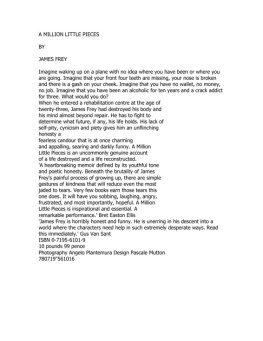
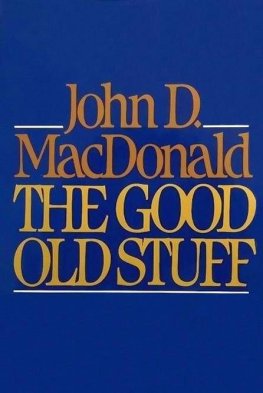
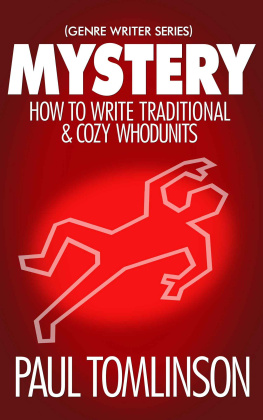
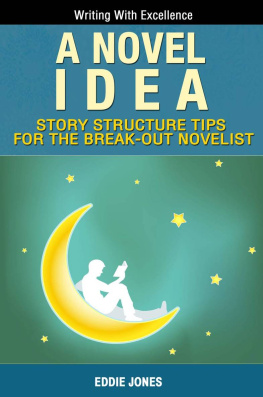
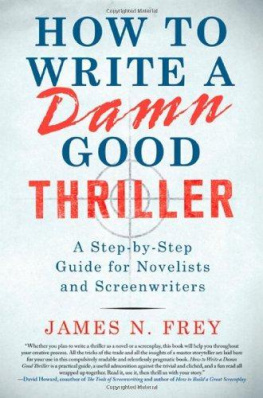
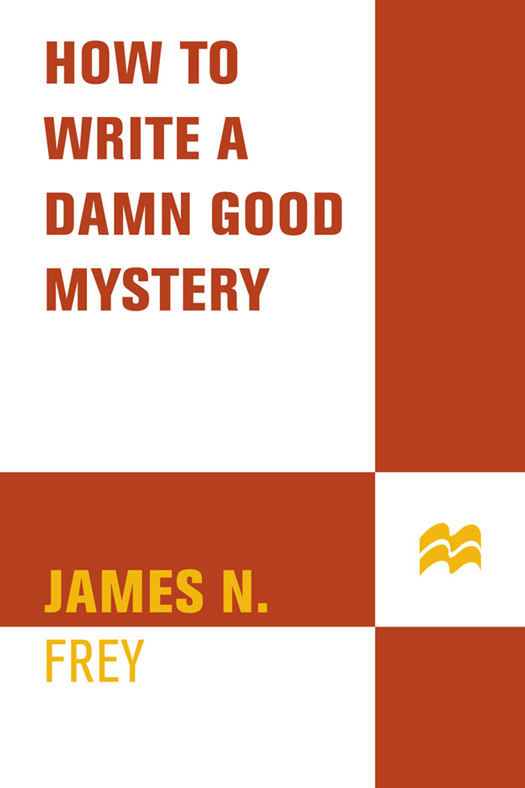
 NEW YORK
NEW YORK